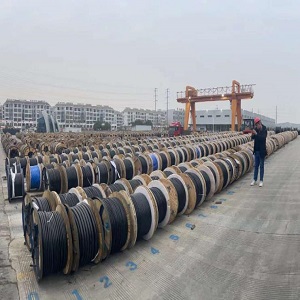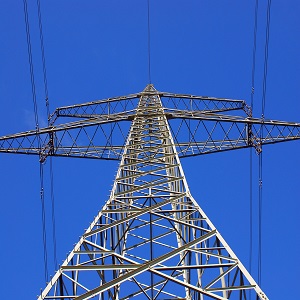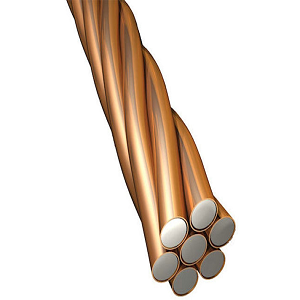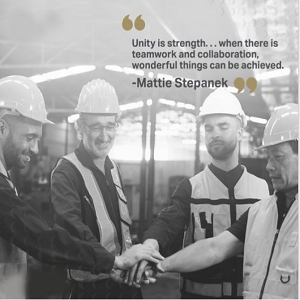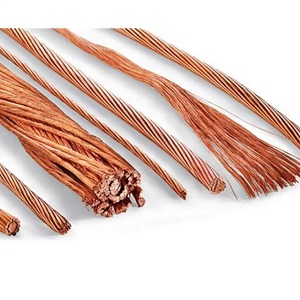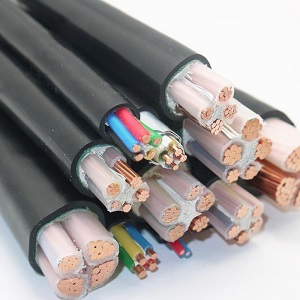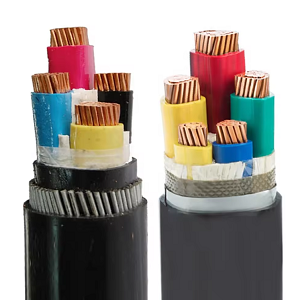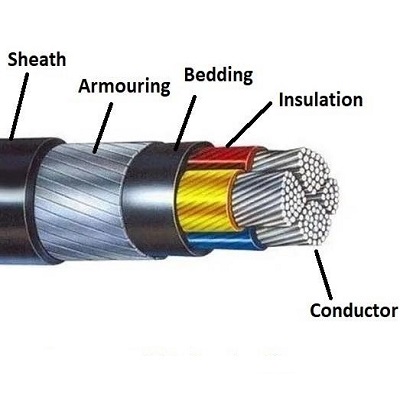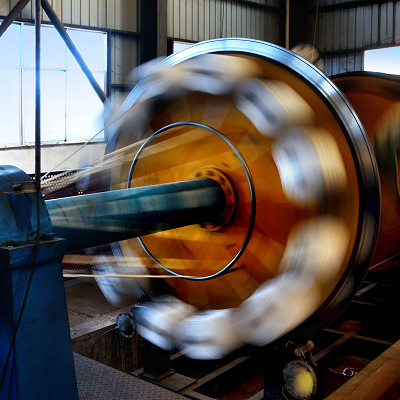Materials and characteristics of Cable sheath
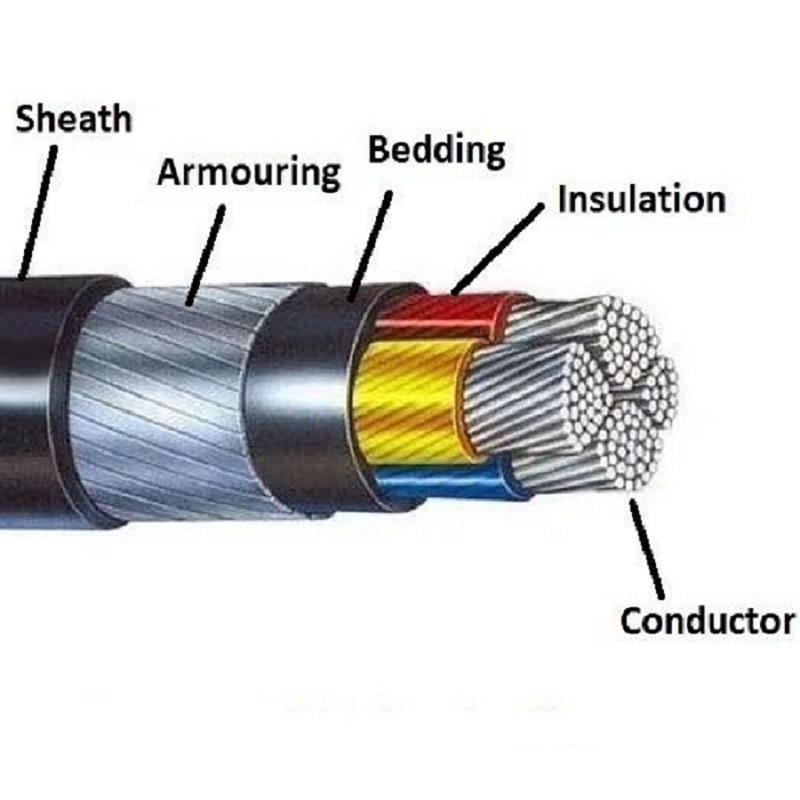
- Polyvinyl chloride (PVC)
PVC is a cheap and soft material. It can be heat-resistant and oil-resistant. Its biggest feature is flame retardancy, so it is widely used in fire protection applications.
- Polyethylene (PE)
PE is a thermoplastic resin made by polymerization of ethylene. It does not contain halogen substances and is an environmental material. PE is odorless, non-toxic, feels like wax, has excellent low-temperature resistance (the lowest operating temperature can reach -100~-70°C), good chemical stability, and can withstand most acid and alkali corrosion (not resistant to oxidizing acids). It is insoluble in general solvents at room temperature, has low water absorption, and has excellent electrical insulation. However, it has a harder texture and is more expensive than PVC.
- Rubber
Rubber refers to a highly elastic polymer material with reversible deformation, which is elastic at room temperature and can undergo significant deformation under very small external forces. After removing external forces, it can recover to its original state, with high strength (toughness) and flexibility. However, it is more expensive than PVC and heavier
- Silicone rubber (Si)
Si is a highly active adsorption material. The main component of silica gel is silicon dioxide, which has stable chemical properties and does not burn. It has the characteristics of high temperature resistance, cold resistance, corrosion resistance, good electrical insulation and water resistance, and is generally used to make advanced insulation materials and waterproof materials. The disadvantages are low strength and high price.
- Polyurethane (PU)
PU is an emerging organic polymer material, known as the "fifth largest plastic", and is widely used in many fields of the national economy due to its excellent performance. The product application areas involve light industry, chemical industry, electronics, textiles, medical treatment, construction, building materials, automobiles, national defense, aerospace, aviation, etc. It is also widely used in flexible cables, and its friction properties are better than PVC, but it is expensive.

